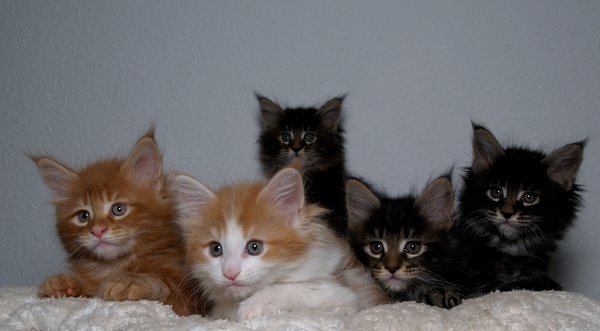Soybean Litter: A Sustainable and Eco-friendly Choice
Wiki Article

In recent years, the trend towards eco-conscious living has encompassed every element of our lives, including our precious family pets. As pet owners become increasingly familiar with the environmental impact of their furry friends, the need for natural cat litter has actually risen. However what precisely is natural cat litter, and why should animal owners consider making the switch? In this extensive guide, we'll explore the world of natural cat litter to explore its benefits, options, and whatever else you require to understand.
As environmental consciousness grows among family pet owners, the mission for sustainable cat litter options has taken spotlight. Traditional clay-based litters, while popular, pose ecological issues due to their non-biodegradable nature and the environmentally extensive procedure of clay extraction. This has actually caused a rise in interest for environmentally friendly alternatives that assure to be kinder to the world without compromising on performance. This post looks into the world of cat litter alternatives, highlighting their benefits, downsides, and what to think about when making the switch.
Clay-based cat litters, especially those that are non-clumping, have actually been the go-to choice for decades due to their absorbency and smell control residential or commercial properties. However, their ecological footprint is worrying. The mining of sodium bentonite, a key part in clumping clay litter, is disruptive to environments. Furthermore, these litters do not degrade, contributing to land fill waste. Furthermore, the dust from clay litters can be harmful to both human and feline breathing systems, prompting pet owners to look for healthier, more sustainable alternatives.
Eco-friendly alternatives are made from a range of plant-based materials, including recycled paper, wood pellets, corn, wheat, and walnut shells. These products not only break down naturally in the environment however also typically originated from renewable resources, lowering the environmental impact connected with their use.
Recycled Paper Litter is made from post-consumer paper waste, developed into pellets or granules. It's highly absorbent, essentially dust-free, and suitable for cats and owners with respiratory level of sensitivities. However, it might not control smells as effectively as other cat litter box self cleaning products and typically does not clump.
Wood Pellets, sourced from lumber scraps, use a natural pine scent that reduces the effects of odors without artificial scents. They're low in dust and absorb moisture well, developing into sawdust when wet. The sawdust can be sifted out, making the litter last longer, though some felines might not prefer the bigger pellet size.
Corn and Wheat Litter are cat litter box self cleaning understood for their clumping ability, comparable to clay litters, making clean-up simple. They're naturally degradable and compostable, with natural enzymes that assist control odors. Nevertheless, they can be pricier than conventional litter and might attract bugs if not kept effectively.
Walnut Shell Litter utilizes the natural absorbency of crushed walnut shells, providing exceptional odor control and clumping residential or commercial properties. It's dust-free and ecologically friendly but can be more pricey and may not be suitable for cats with nut allergic reactions.
Silica gel litter, made from silica dioxide sand, oxygen, and water, is another alternative to clay. It's highly absorbent, manages smells efficiently, and is low dust. While not biodegradable, it's lighter and can last longer than clay litter, needing less regular changes. However, its higher rate point and the texture, which some felines might find off-putting, are considerations for possible users.
Felines can be particular about their litter. Gradually present the brand-new litter by mixing it with the old, increasing the percentage of the new litter gradually to enable your feline to adjust.
Environmental Effect: Consider the lifecycle of the litter material, from production to disposal, to ensure it aligns with your ecological values.
Health and wellness: Choose dust-free or low-dust choices to secure both your and your feline's breathing health. Ensure the litter is devoid of chemicals or scents that could damage your animal.
Expense: While some alternatives may be more pricey upfront, their durability and the amount required per modification can make them economical in the long run.
The Future of Cat Litter Alternatives
The trend towards sustainable animal care products is growing, with developments in cat litter options leading the way. Future advancements might consist of more effective eco-friendly products, enhanced smell control and clumping innovations, and even litter made from upcycled waste items. As consumer need for eco-friendly products increases, we can anticipate to see a broader variety of alternatives that don't compromise on benefit or efficiency.
The shift towards sustainable cat litter alternatives is not just a trend however a reflection of a growing awareness of environmental problems amongst family pet owners. While standard clay litters have actually controlled the marketplace for several years, the selection of biodegradable and ingenious materials now available deals appealing alternatives for those aiming to lower their cat litter box automatic eco-friendly footprint. By thinking about factors such as ecological effect, health and safety, and feline approval, animal owners can make informed decisions that benefit both their furry buddies and the world. As the industry evolves, the future of cat litter looks greener than ever, assuring a great deal for felines, their owners, and the environment.